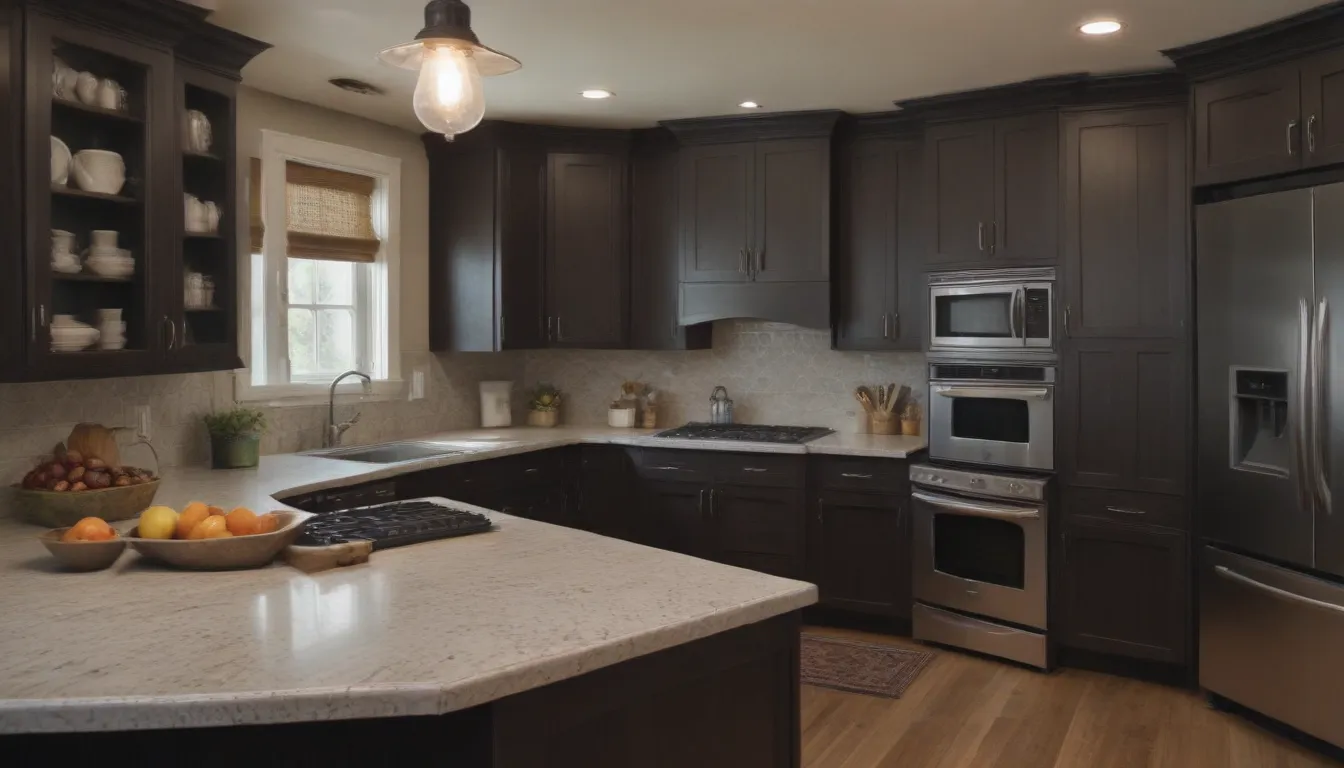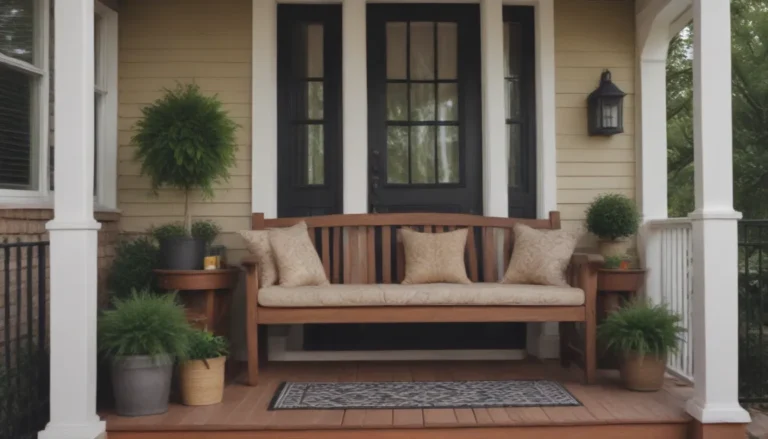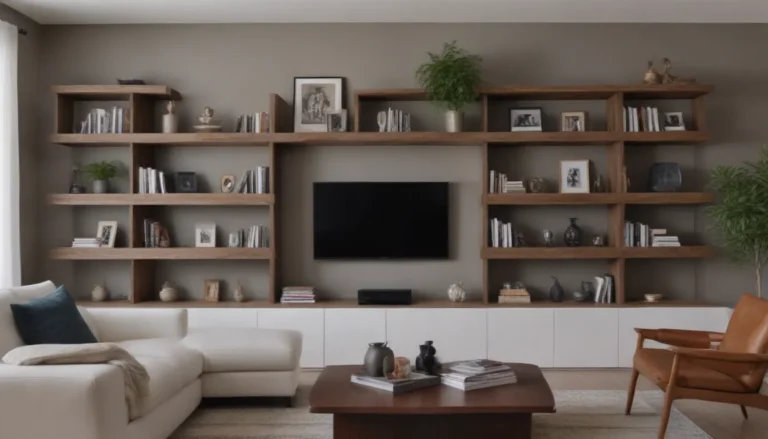The Ultimate Guide to Average Kitchen Size: Everything You Need to Know

Are you curious about the average size of a kitchen in the U.S.? Maybe you’re thinking about renovating your kitchen and want to understand how it compares to typical kitchen sizes. Well, you’ve come to the right place! In this comprehensive guide, we will delve into all you need to know about average kitchen sizes, how they have evolved over the years, and what factors influence the size of a kitchen. So, grab a cup of coffee and let’s explore the world of kitchen dimensions together!
Exploring Average Kitchen Size Trends
The average size of a kitchen in the U.S. falls between 161 and 169 square feet, which is approximately 13 feet by 13 feet. This measurement is typical for homes ranging from 1,500 to 4,000 square feet. However, homes under 1,500 square feet tend to have smaller kitchens of around 103 square feet, while homes over 4,000 square feet boast larger kitchens of about 238 square feet.
Factors Influencing Kitchen Size
The size of a kitchen can vary significantly based on various factors such as home style, affluence, and geographic location. For instance, large luxury homes often feature spacious and modern kitchens compared to more modest dwellings. Suburban homes typically have larger kitchens compared to urban residences. Moreover, the desires and preferences of homebuyers play a crucial role in shaping the average kitchen size.
According to the National Association of Home Builders, most homebuyers prioritize certain amenities when it comes to kitchens, including a double sink, walk-in pantry, table space for eating, central island, and drinking water filtration. Incorporating these features usually requires additional kitchen space, driving the trend towards larger kitchens in residential properties.
Evolution of Kitchen Spaces
Residential kitchens in the U.S. have evolved over the years to become more than just areas for food preparation. With a shift towards open-concept living and social gatherings, kitchens now serve as central hubs for socializing and entertaining. As a result, modern kitchens have expanded in size to accommodate these changing lifestyles.
Residential Kitchens Over the Years
Let’s take a trip down memory lane to explore how kitchen sizes have transformed over the decades:
-
Kitchens Before the 20th Century: In the pre-20th century era, kitchens were relatively small and often relegated to the back of the house. Large free-standing appliances dominated the space, and food storage was primarily done in separate pantries.
-
Kitchens in the Early 20th Century: As we entered the early 20th century, kitchen sizes remained compact, but the introduction of space-saving appliances and efficient cabinetry made them more functional. Informal dining areas within the kitchen started to become popular.
-
Kitchens From 1950s to 1980s: With the gradual increase in home sizes during this period, kitchens also expanded. Built-in appliances and improved cabinetry made kitchens more user-friendly, and informal family meals became a common sight.
-
Kitchens From 1980s to Today: The trend towards larger homes led to a corresponding increase in kitchen sizes. Kitchens are now designed to facilitate social gatherings, with open spaces for entertaining. Open-concept layouts have blurred the lines between kitchen and living areas, creating a seamless flow between the two spaces.
Understanding Current Trends in Kitchen Design
To gain a better perspective on the average kitchen sizes in the U.S., it’s essential to consider the latest research and data from reputable sources. The National Kitchen and Bath Association (NKBA) provides valuable insights into the evolving trends in kitchen design and size across America. Additionally, the National Association of Home Builders (NAHB) offers valuable information on homebuyer preferences and characteristics of new housing.
By staying informed about current trends in kitchen design, you can make more informed decisions when planning your kitchen renovation or construction project. Whether you aspire to create a cozy culinary haven or a spacious entertaining space, understanding the average kitchen size trends can guide you in achieving your desired kitchen layout.
In conclusion, the average size of a kitchen in the U.S. reflects not only functional needs but also changing lifestyle preferences and design trends. By exploring the factors influencing kitchen size, understanding the evolution of kitchen spaces over time, and staying abreast of current trends in kitchen design, you can create a kitchen that perfectly suits your needs and style.
So, whether you’re dreaming of a sleek modern kitchen or a cozy traditional space, remember that the key to a successful kitchen design lies in finding the right balance between functionality, aesthetics, and personal preferences. Happy kitchen planning!





